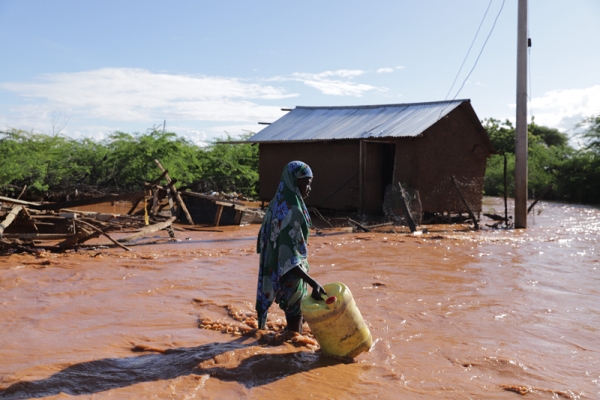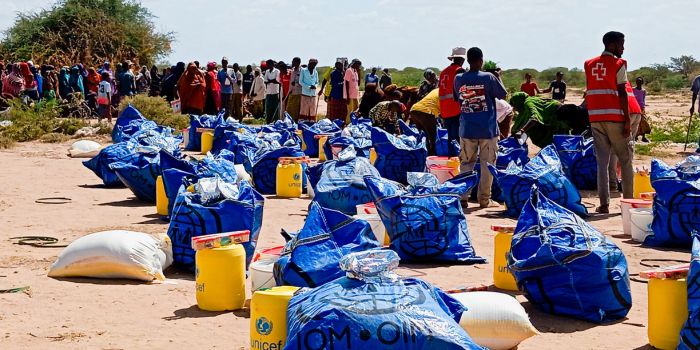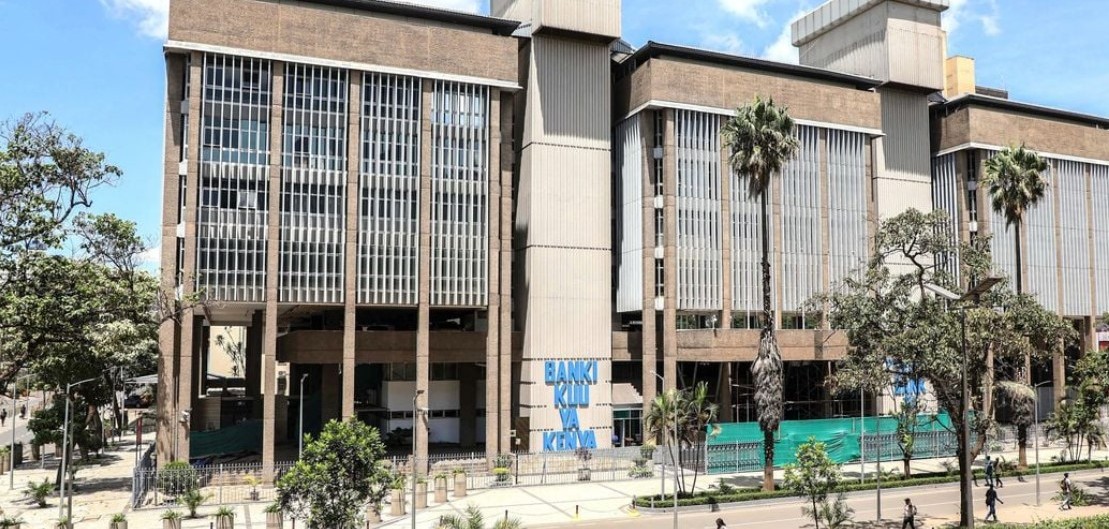Good rains save 3.5 million Kenyans from acute food insecurity - report

IGAD projects that only 1.9 million people in the ASAL region, or roughly 12 per cent of the population under analysis, will experience high levels of acute food insecurity.
Approximately 3.5 million Kenyans residing in Arid and Semi-Arid Lands (ASALs) are no longer at risk of acute food insecurity, following the substantial rainfall received between March and May.
This is according to the latest food crisis report by the trade bloc, the Intergovernmental Authority on Development (IGAD).
More To Read
- Why are over 670 million people going hungry?
- 5.7 million people face food insecurity in Haiti
- In Africa’s Sahel, conflict and climate change force millions from their homes
- Child malnutrition in Kenya: AI model can forecast rates six months before they become critical
- NDMA sounds alarm over looming drought, calls for stronger disaster preparedness
- NDMA funding shortfall delays Sh3.9 billion hunger safety net payments to 133,800 households
IGAD projects that only 1.9 million people in the ASAL region, or roughly 12 per cent of the population under analysis, will experience high levels of acute food insecurity.
"This marks a significant improvement since 2023, with a 64 per cent decline in the population facing high levels of acute food insecurity," the report reads.
In the same period last year, the report notes that about 5.4 million people, or 32 per cent of the analysed population, faced high levels of acute food insecurity.
This was the highest in history, exceeding the record high of the previous year due to the cumulative effects of five consecutive poor rainy seasons, below-average crop production, poor livestock conditions and diseases, soaring food commodity prices, and weak household purchasing power.
"It also marked the highest number of people in an emergency state. Garissa, Mandera, Marsabit, Turkana and Wajir counties were worst affected," the report notes.
Despite the current improved projection, IGAD says that the prospects for the rest of the year still face some challenges.
 Members of the 246 flood-displaced families from Mansabubu village in Bura East Sub-county, Garissa County, await food aid at a camp on May 17, 2024. (Photo: X/Red Cross)
Members of the 246 flood-displaced families from Mansabubu village in Bura East Sub-county, Garissa County, await food aid at a camp on May 17, 2024. (Photo: X/Red Cross)
These include the persisting high food prices coupled with the impacts of El Niño-induced floods and localised resource-based conflicts, which continue to drive acute food insecurity across the ASALs.
However, it maintains a brave face, saying that the number of people in the acute food insecurity trap could decrease to about 1.2 million in the coming months.
The number of people facing high levels of acute food insecurity in the country has been on a continued rise between 2020 and 2023, both in terms of magnitude and severity, with a threefold increase in the number of people in the emergency state.
The trade bloc claims that multiple compounding shocks have occurred as a result of the increase.
"From 2020 on, the purchasing power of the most vulnerable households was weakened by the economic fallout of COVID-19," it says.
"The enduring effects of the 2020–2023 drought and its impact on crop and livestock production severely affected agro-pastoralist households who saw their resilience to climate shock eroded."
It adds that disruptions in supply chains of agricultural inputs linked to the war in Ukraine, coupled with local currency depreciation and sustained high prices of imported commodities such as fuel, raised food production costs, contributed to lower productivity, higher prices and weakened household purchasing power.
Top Stories Today












































